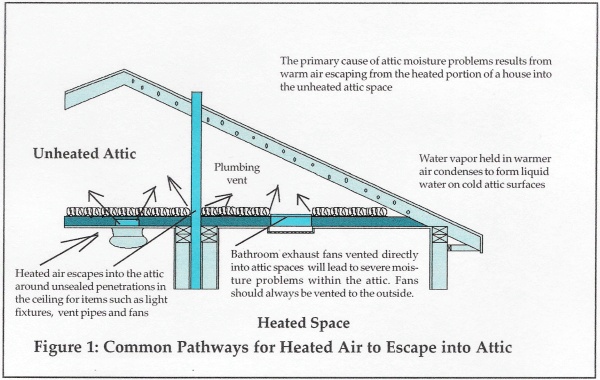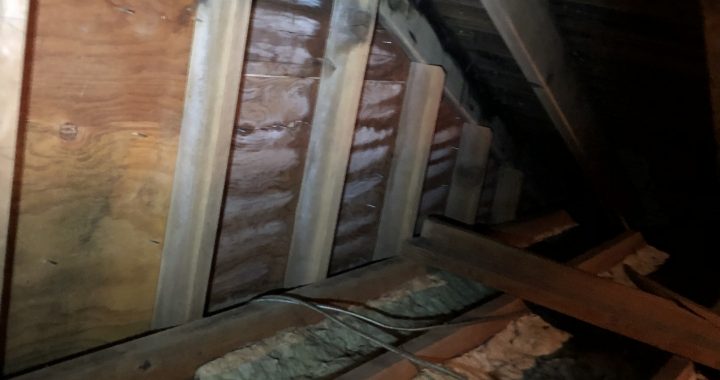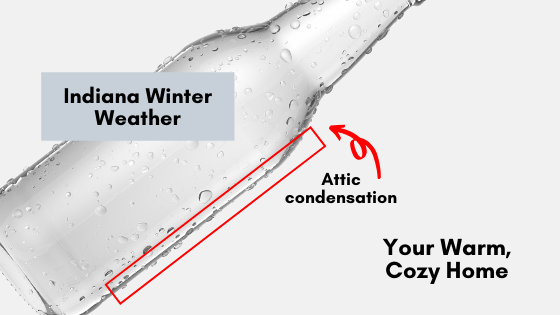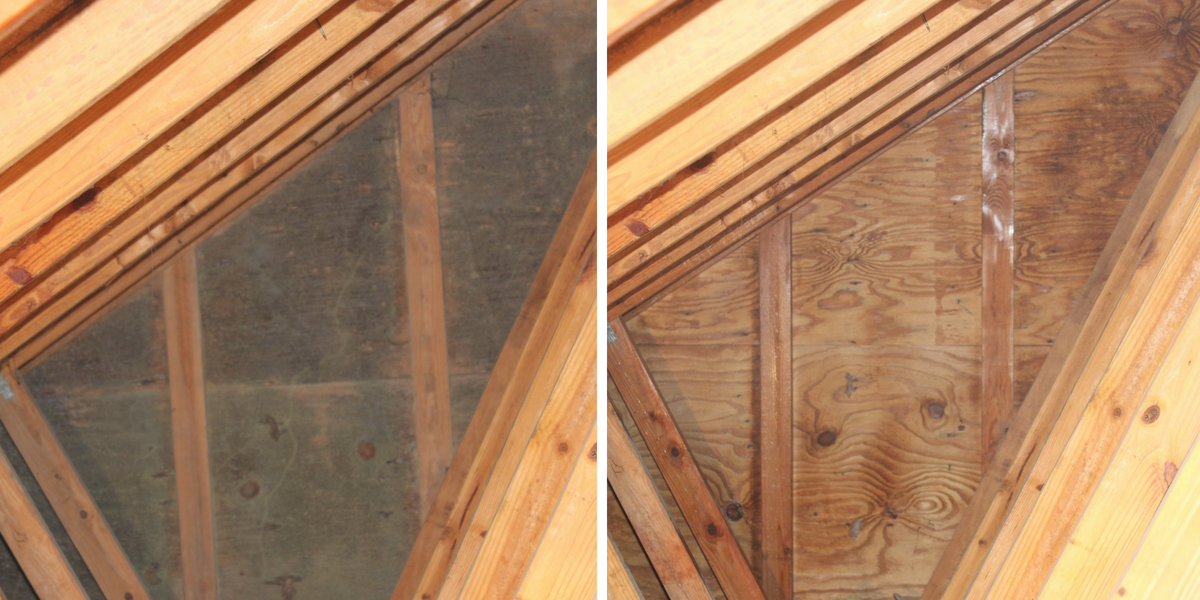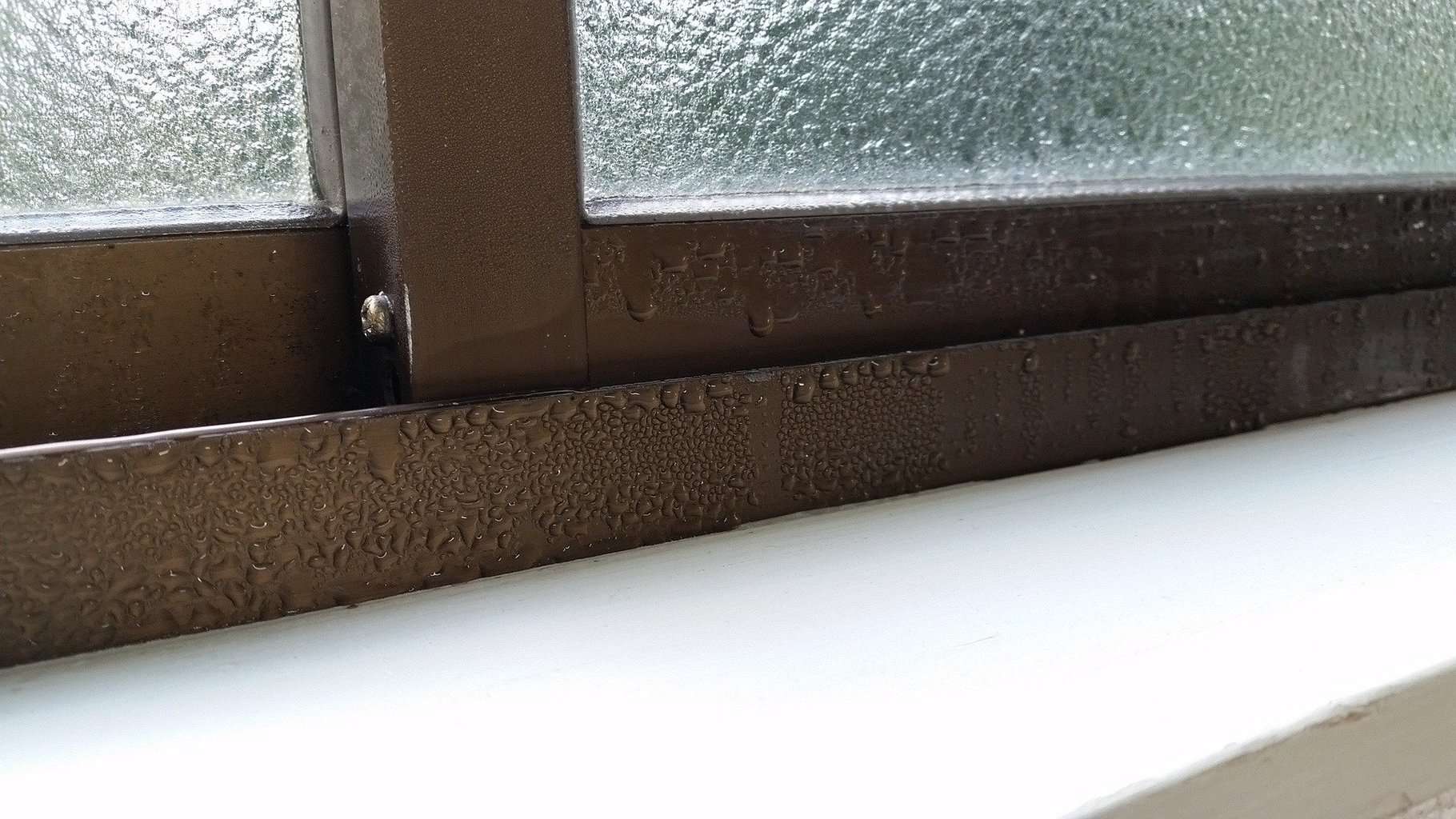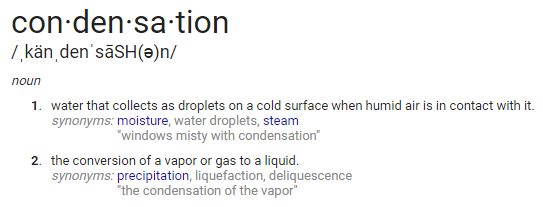Condensation Attic Door

The product consists of two pieces of drywall and one dense foam board to attain the r value r30.
Condensation attic door. Also because airflow is not uniform significant condensation may still occur. This condensation can form droplets of water and accumulate into the insulation below. Improper ventilation and insulation of home attic space can produce high humidity levels and trap. Left alone moisture can cause everything from musty smells mold on wood and insulation and of course rot.
A thin layer of moisture versus large water droplets can mean the difference between a future major roof repair or not. It can also cause mold to grow on roof sheathing trusses rafters and ceiling floor. Humidity higher than 65 can even cause difficulty breathing for people who suffer from allergies or asthma. Traces where water has trickled down the walls.
This is especially important in your attic bypasses areas connecting to your home like heating ducts kitchen exhaust fans lighting fixtures bathroom vents etc. This accumulation can leak through the attic floor and into your living space. If your attic features a window open it as well. The drywall and foam board are glued together for ease in use.
This may increase condensation and lower the effectiveness of the insulation. Good insulation is a must because it minimizes the amount of warm air entering the attic to begin with. Once a week open your attic door and leave it open for several hours. Increased ventilation alone will increase the exfiltration of air lowering the temperature of the attic.
Make sure they are properly insulated. Signs of condensation in the attic may include the following. Noticeable musky damp odor. The insul door is a perfect replacement for old plywood attic doors.
A sudden increase in condensation on the exterior of the a c unit can signal an internal temperature issue or a pressure leak. It is common for poorly vented and insulated attics to develop attic condensation. Condensation in attic spaces can be alarming depending on how much you re seeing. Common causes of condensation in the attic.
If you live in a warmer climate you may want to air out your attic twice a week. Condensation on your ceiling can cause water damage and promote the growth of mold or mildew. A moist attic means moist insulation and moist insulation is less effective. Regularly airing out your attic is a very simple and effective way to prevent the formation of attic moisture.
Inconsistent temperatures inside your home such as cold and warm zones on the same floor may indicate a problem with the a c unit or the ductwork. If you notice condensation on the inside surfaces of your windows and doors or pooling in the corners of the frames it may be because the relative humidity of your home is too high.
